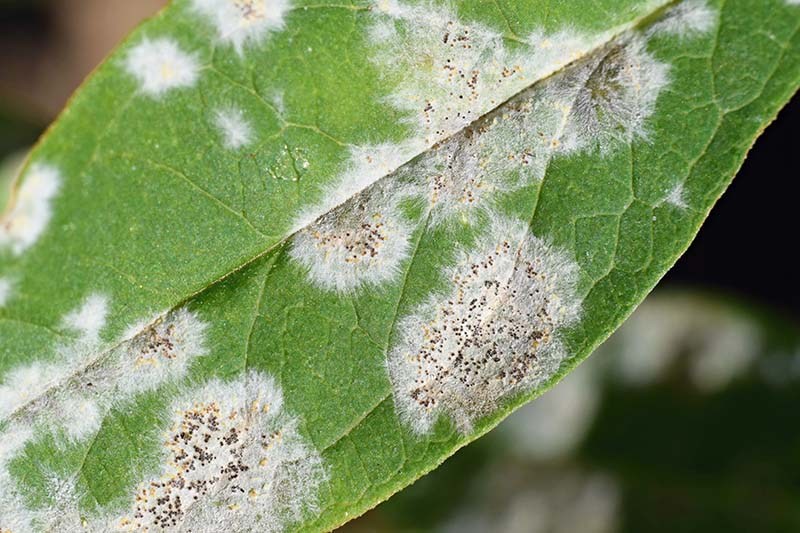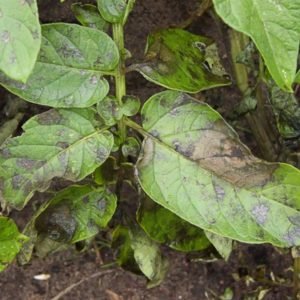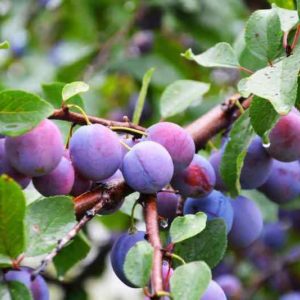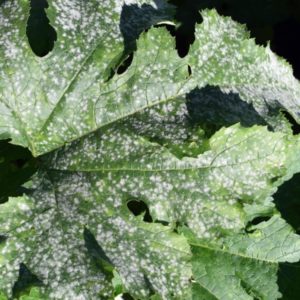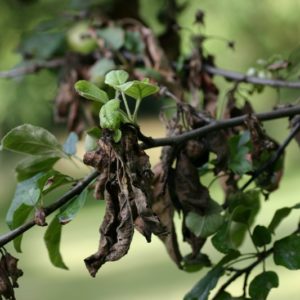Well known as the no 1 enemy of the vine, mildew is indeed a constant threat to the grape harvest but also certain vegetables from the kitchen garden such as tomatoes or potatoes.
Preventive and regular treatment should ensure a good harvest without mildew.
Symptoms of late blight

Downy mildew is characterized first of all by the appearance of a few spots on the leaves to spread slowly to the whole of the foliage.
- It is a fungal disease that mainly affects vines, tomatoes and potatoes.
- Brownish spots form in places on the leaves, they eventually turn completely brown and fall off.
When does late blight develop?
Downy mildew particularly likes warm, humid conditions and dense foliage that allows little air and light to pass through.
- Humidity is the main factor favoring its development.
- Like most fungal attacks, downy mildew will tend to spread more easily after a downpour.
- Spaced and airy plants limit the spread of downy mildew.
Organic Anti Mildew Treatment

There are very effective organic treatments to fight and treat downy mildew.
- The Bordeaux mixture is the only effective preventive measure against downy mildew.
- Regular application from early spring and fall is necessary.
- The treatment is applied throughout the growing cycle.
- Treat at regular intervals, on average every 2 weeks and after it rains.
- In the event of an attack, the only destruction of the affected parts is effective.
Bicarbonate and mildew:
Baking soda is an excellent treatment for mildew.
- Dilute 1 tablespoon of baking soda in 1 liter of water (ideally rainwater or less hard mineral water).
- In dry weather, spray this solution on all the leaves, taking care to reach the tops and bottoms of the leaves.
